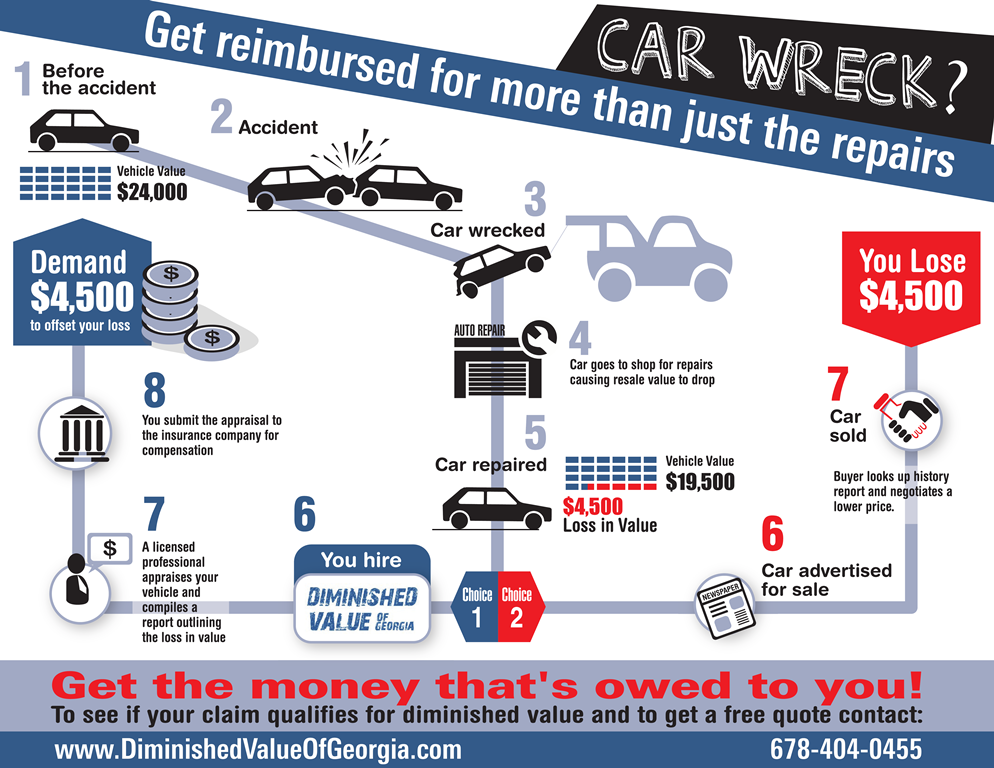Fascinated In Comprehending The Caution Lights On Your Cars And Truck'S Control Panel? Discover Their Importance For Your Automobile'S Safety And Security And General Condition
Fascinated In Comprehending The Caution Lights On Your Cars And Truck'S Control Panel? Discover Their Importance For Your Automobile'S Safety And Security And General Condition
Blog Article
Material Author-Sykes Corbett
When you're behind the wheel, those radiant caution lights on your dashboard can be a bit bewildering. Do you understand what they're attempting to tell you concerning your car's wellness? Comprehending the significance of these lights is vital for your safety and the longevity of your car. So, the next time one of those lights pops up, wouldn't you intend to decode its message precisely and take the required actions to address it?
Common Caution Lighting and Interpretations
Recognize common warning lights in your car and understand their definitions to guarantee secure driving.
The most regular caution lights include the check engine light, which signals problems with the engine or discharges system. If this light begins, it's vital to have your vehicle checked without delay.
The oil pressure cautioning light shows low oil pressure, needing prompt attention to avoid engine damages.
A blinking battery light may recommend a defective billing system, possibly leaving you stranded otherwise attended to.
The tire pressure tracking system (TPMS) light notifies you to reduced tire stress, influencing car security and gas effectiveness. Neglecting this could bring about hazardous driving problems.
cardetailingmangere indicates a problem with the anti-lock braking system, compromising your ability to stop swiftly in emergency situations.
Lastly, the coolant temperature alerting light warns of engine getting too hot, which can cause severe damages if not fixed swiftly.
Comprehending these typical warning lights will aid you address issues immediately and keep secure driving problems.
Significance of Prompt Attention
Understanding the typical warning lights in your automobile is just the initial step; the significance of promptly addressing these cautions can't be emphasized enough to guarantee your safety and security on the road.
When a warning light brightens on your dashboard, it's your car's method of communicating a prospective problem that requires attention. Overlooking these warnings can cause more serious issues later on, endangering your security and possibly costing you much more in repairs.
relevant webpage to warning lights can protect against malfunctions and accidents. For example, a flashing check engine light could show a misfire that, if left neglected, could create damages to the catalytic converter. Addressing this without delay can conserve you from a costly fixing.
In a similar way, a brake system advising light might signify low brake liquid or worn brake pads, important elements for your safety when driving.
DIY Troubleshooting Tips
If you notice a warning light on your control panel, there are a few do it yourself fixing suggestions you can try before seeking specialist aid.
The initial step is to consult your car's guidebook to comprehend what the particular warning light suggests. Often the concern can be as easy as a loose gas cap activating the check engine light. Tightening up the gas cap might settle the issue.
Another usual problem is a low battery, which can set off numerous advising lights. Examining https://air-lift-performance84951.luwebs.com/32742608/the-comfort-of-mobile-car-outlining-changes-your-car-s-appearance-however-is-it-as-reliable-as-traditional-approaches-discover-the-truth-behind-this-service for deterioration and ensuring they're protected could repair the trouble.
If a caution light persists, you can attempt resetting it by detaching the auto's battery for a few minutes and afterwards reconnecting it. In addition, examining your automobile's fluid degrees, such as oil, coolant, and brake fluid, can assist troubleshoot cautioning lights associated with these systems.
Final thought
To conclude, understanding your cars and truck's caution lights is crucial for keeping your car running efficiently and safely. By quickly resolving these alerts and understanding what they indicate, you can stay clear of pricey fixings and possible malfunctions.
Bear in mind to consult your vehicle's manual for certain details on each cautioning light and act appropriately to make certain a trouble-free driving experience.
Stay informed, remain secure on the road!
